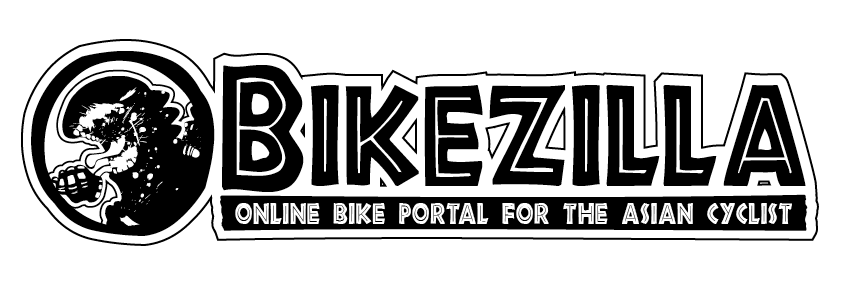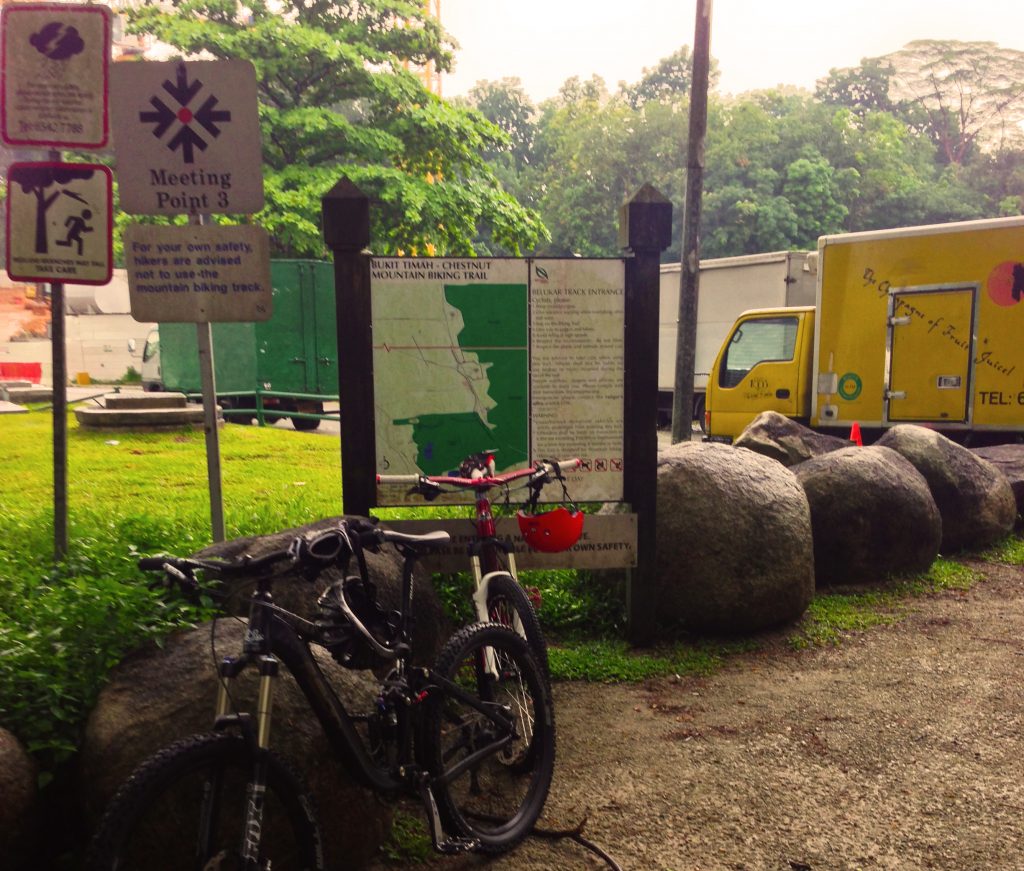FOOD FOR THOUGHT: TRAIL ETIQUETTE

If we look at every sign board erected at all trail heads, we would usually see at least one that list out guidelines to cyclists on what are the rules and conducts to observe in the trail. (In Singapore, the signage has a few brief guidelines – so as not to sound too preachy). The term "trail etiquette" had been used in different tones by all trail users – cyclists, hikers and others. It's a common word. Yet, what do we really mean when we use the term? We gather some views and came up with what is most appropriate for our Asian trails. Read on for the 10 points to observe.
THE TRAIL IS USED BY DIFFERENT PARTIES
Most trails in Asia are used by different groups of users. It is designed this way because land is scarce and everybody has a valid reason on their right to use the land. As such, it is usual for a same plot of land to accommodate to different users. Bear in mind this is perfectly fair – everybody has as much right to use the land that is opened for public use. While some area have trails designed for different type of users, others use only a common path. All things point to the fact that there is a need to observe some etiquettes to maintain a amicable environment for all.
While we agree that many of these "guidelines" spawned from simple courtesy and common sense, we also think that putting every user on the same page of understanding with no more second-guessing is good boost towards the targeted "ultimate friendly" environment.
(A typical Trail Etiquette sign)
USERS OF THE TRAIL
Trail etiquette should be practiced by everyone – sounds like a no-brainer we know … so let's practice proper courtesy and consideration between;
– cyclist to cyclist
– cyclist to hikers
– hikers to hikers
TRAIL ETIQUETTE 101
We like to think that trail etiquette is similar to every other thing we do in our daily life. It boils down to 3 main factors.
(1) Mutual Respect
(2) Empathy
(3) Civic-Mindedness
Mutual Respect means treating everybody in the trail as though they are our friends. Many riders make it a point to greet fellow riders they came across when they ride. That is a very nice gesture. It makes both riders who greeted each other create a happier riding environment. In the case where a slower rider is in the way of faster riders coming from the rear, the slower rider should be alert to give way to the faster riders without resentment. All it takes is cruising to the side a little to let them overtake and move on. the faster rider should be patient to give the front rider time to react and should never use a reprimanding tone to "demand" the rider in front to give way.
It is common that riders are sometimes short of breath at certain sections of the ride and would not want to talk too much, let alone having to explain his/her intention to overtake. The use of common trail terms that is easily recognized is therefore useful. Terms like " Bike!" followed by a "Thank you" when you pass should be easy to understand regardless of language differences. Just remember that there should be ample reaction time given.
One easy way to help make the trail a happy place is to treat others as you would want them to treat you. A tired rider who stopped to rest along the trail should not park his/her bike across the riding path. He would not want to be blocked by others in the same manner should he became stronger and faster one day.
Being polite to individuals as we came across face-to-face with each other is only a first step. Good trail etiquettes apply to the whole user community of the trail. Off road riders comes in all skill and fitness levels. The trail is made to accommodate all of them. Every rider and hiker also has different experience on what the trail should provide for them. Some value riding flow, some wants to clock the best Strava timing while others just want to practice technical sections. Hikers on the other hand may have yet a very different set of needs – from photography opportunities, to nature viewing to safety. The balance of experiences from what the trail provides for all users did not happen overnight. It went through some grueling planning and advocacy. To put it in short, we should respect the community's effort and the trail itself. Littering, endangering wildlife in anyway or altering the trail for personal reasons are straight no-nos.
DOING IT RIGHT
The above 3 factors may be too general and leave too many open-ended areas for lengthy debates. So we came up with a list of easy-to-digest pointers to get everyone started.
(1) Treat everyone you meet on the trail like you'd treat your friends – That will make everybody more considerate and respectful to each other
(2) Yield to hikers and faster riders when necessary – Different user groups and riding discipline can use the trail harmoniously, Give way to riders going uphill
(3) Use the trail only for its intended purposes – Do not use motorized vehicles (electric bikes, motorcycles, all-terrain vehicles) in mountain biking or hiking trails,
(4) Ride on the trail not on the grass – We prefer our narrow singe tracks, not 6 foot wide park connectors. we also like our switch backs, so please refrain from short-cuts.
(5) Stay in control – Know what is in front of you, slow down for safety when necessary, call out to other riders when necessary
(6) Ride within your limits – For the safety of everybody
(7) Be nice to the animals – Obviously
(8) Ride only on legal and designated trails – It helps in future advocacy
(9) Do not litter – Help clear litter if you have to
(10) Do not alter the trail – The trail is the collective effort of the community. join in the planning if you think you want to contribute.
While the park authorities in every region did put in their due diligence to guide us on the code of conduct and etiquettes of trail use. We are sure cyclists and hikers are equally concerned in making their favorite trails a happy place. Mountain bikers! Let's all ride our regular trails feeling happy and getting out of it happier. Happy Riding Folks!

